Invented by Chanchal Sadhu, Ken Dick, Jennifer Treiberg, C. Gregory Sowell, Edward A. Kesicki, Amy Oliver, Icos Corp
The potential therapeutic benefits of targeting PI3K? have led to the development of inhibitors that specifically target this enzyme. These inhibitors work by blocking the activity of PI3K?, thereby inhibiting the signaling pathways that contribute to disease progression. By selectively targeting PI3K?, these inhibitors offer the potential for more effective and safer treatments compared to non-selective PI3K inhibitors.
The market for inhibitors of PI3K? is primarily driven by the increasing prevalence of diseases associated with dysregulated PI3K? signaling. Cancer, in particular, has been a major focus for the development of PI3K? inhibitors. Several clinical trials have demonstrated promising results in patients with hematological malignancies, such as chronic lymphocytic leukemia (CLL) and non-Hodgkin lymphoma (NHL). These inhibitors have shown significant efficacy, both as monotherapy and in combination with other treatments, leading to improved patient outcomes.
In addition to cancer, autoimmune disorders and immune-mediated inflammatory diseases have also emerged as potential therapeutic targets for PI3K? inhibitors. Preclinical and early clinical studies have shown promising results in diseases such as rheumatoid arthritis, multiple sclerosis, and asthma. The ability of PI3K? inhibitors to modulate immune responses offers a novel approach for the treatment of these diseases, which often involve dysregulated immune system activity.
The market for inhibitors of PI3K? is highly competitive, with several pharmaceutical companies actively involved in the development and commercialization of these drugs. Currently, there are a few inhibitors that have received regulatory approval for specific indications, such as idelalisib for CLL and copanlisib for NHL. However, the market is expected to witness significant growth in the coming years as more inhibitors progress through clinical trials and gain regulatory approval.
Despite the potential therapeutic benefits of PI3K? inhibitors, there are challenges that need to be addressed. One of the main challenges is the development of resistance to these inhibitors, which can limit their long-term efficacy. Efforts are underway to understand the mechanisms of resistance and develop strategies to overcome it. Additionally, the safety profile of these inhibitors needs to be carefully evaluated, as they can potentially affect normal cellular functions that rely on PI3K? signaling.
In conclusion, the market for inhibitors of human phosphatidylinositol 3-kinase delta is rapidly expanding, driven by the increasing prevalence of diseases associated with dysregulated PI3K? signaling. These inhibitors offer a targeted approach for the treatment of cancer, autoimmune disorders, and immune-mediated inflammatory diseases. While there are challenges to overcome, the potential therapeutic benefits of PI3K? inhibitors make them a promising class of drugs in the field of precision medicine.
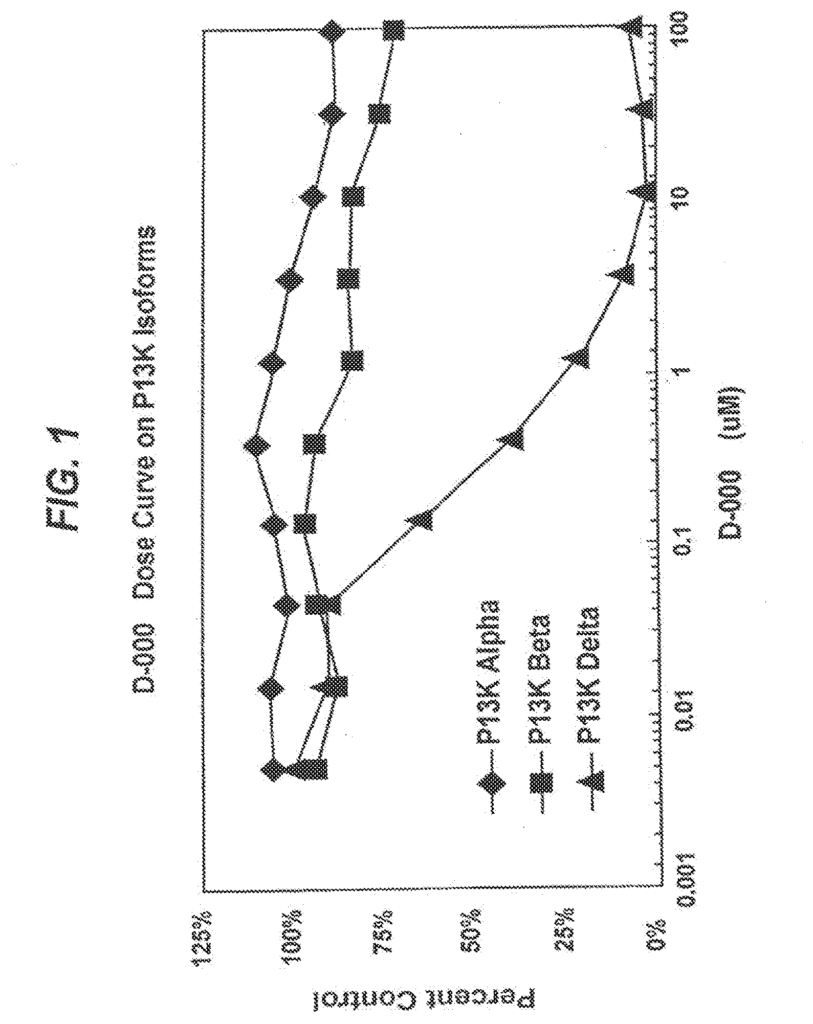
The Icos Corp invention works as follows
Methods to inhibit phosphatidylinositol-3kinase delta (PI3K)? Methods of treating diseases such as inflammation and disorders of immunity in which PI3K is involved, including methods for inhibiting phosphatidylinositol 3-kinase delta isoform (PI3K) These methods are designed to treat diseases such as inflammation and disorders of immunity that involve PI3K? The methods use active agents that inhibit PI3K? but not in significant ways. Are there compounds that inhibit PI3K’? Activity, as well as compounds that inhibit PI3K selectively. activity. How can PI3K be used? Inhibitory compounds are also provided to stop the growth and proliferation of cancer cells. The invention also provides methods for using PI3K. Inhibitors to inhibit PI3K-mediated processes in vitro or in vivo.
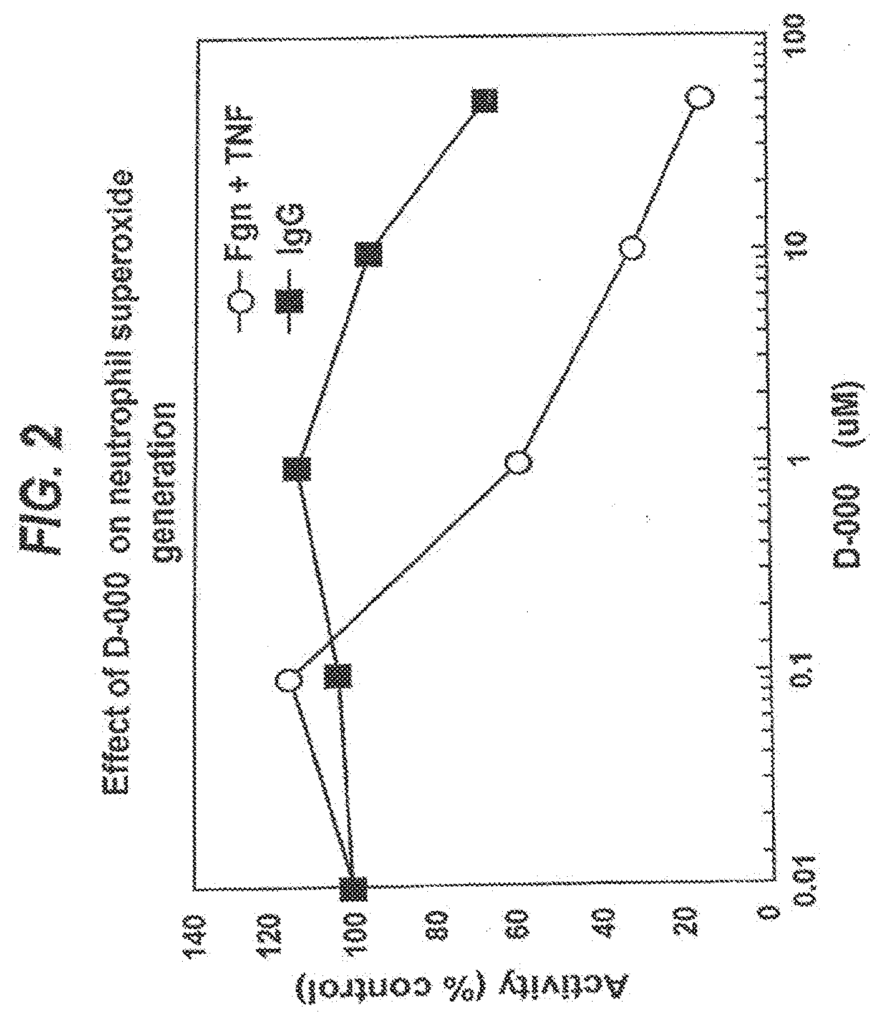
Background for Inhibitors human phosphatidylinositol 3kinase delta
Example 1
Example 2
Examples 3-7
Example 3
Example 4
Example 5
Example 6
Example 7
Chemical Synthesis Examples
Example 8
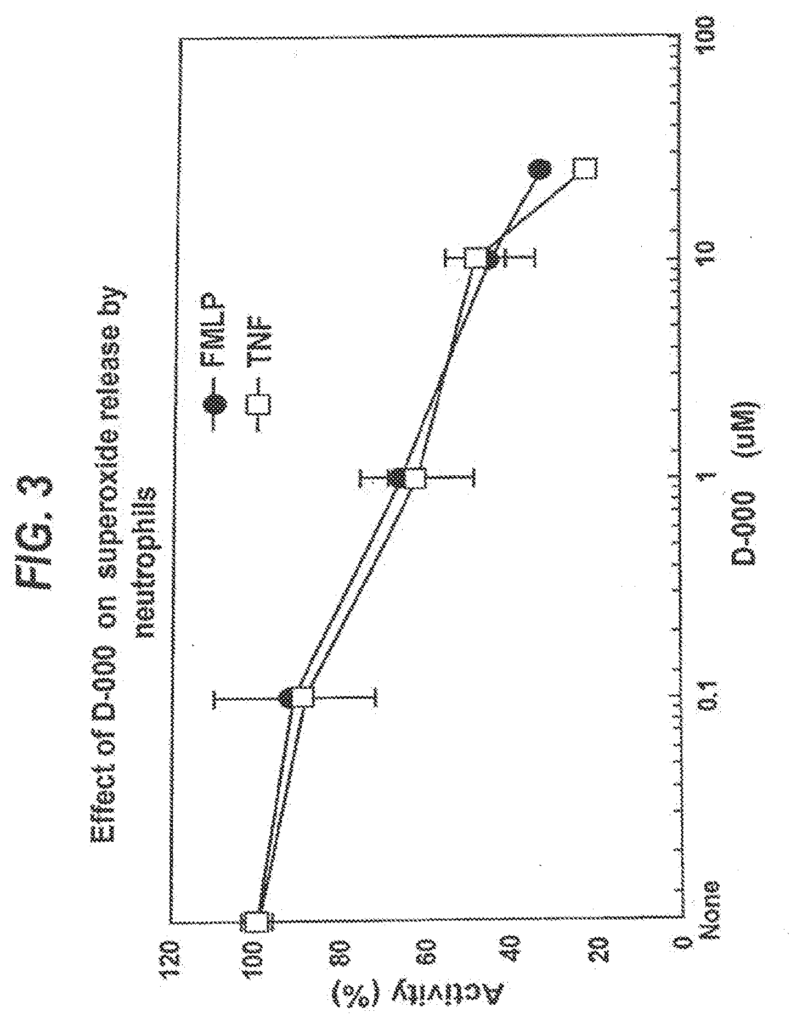
Amides: Intermediate Compounds for Preparation
2-Amino-N-(2-chlorophenyl)-4,5-dimethoxybenzamide (1a)
2-Amino-5-bromo-N-(2-chlorophenyl)benzamide (1b)
2-Amino-N-(2-chlorophenyl)-4-fluorobenzamide (1c)
2-Amino-5-chloro-N-(2-chlorophenyl)benzamide (1d)
2-Amino-N-(2-chlorophenyl)-6-fluorobenzamide (1e)
2-Amino-6-chloro-N-(2-chlorophenyl)benzamide (1f)
2-Amino-N-(2-chlorophenyl)-6-methylbenzamide (1g)
2-Amino-3-chloro-N-(2-chlorophenyl)benzamide (1h)
2-Amino-N-biphenyl-2-yl-6-chlorobenzamide (1i)
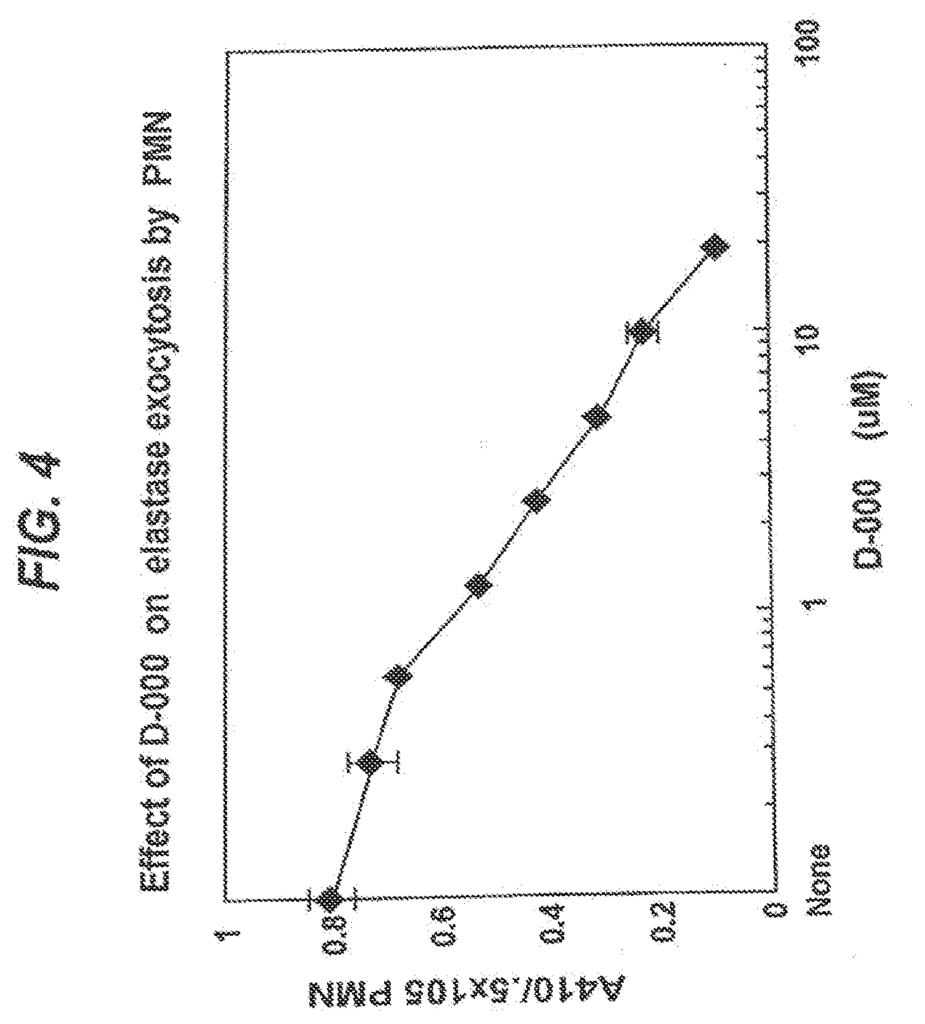
2-Amino-6-chloro-N-o-tolylbenzamide (1j)
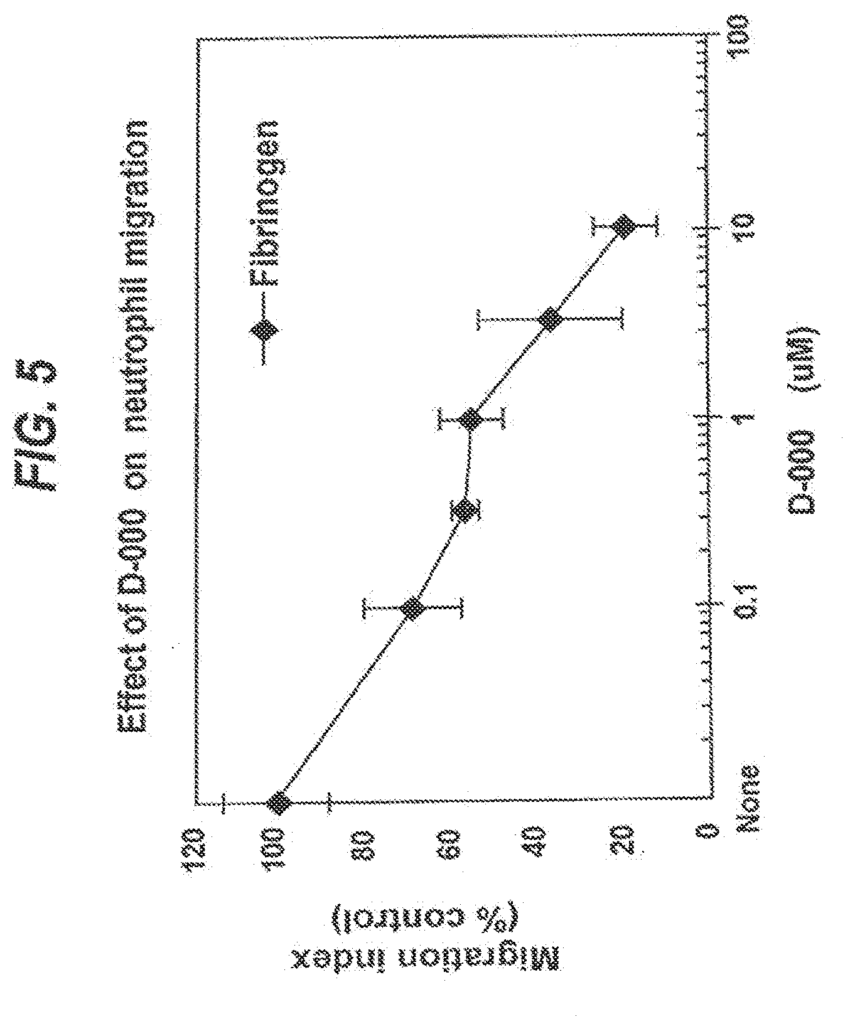
Click here to view the patent on Google Patents.
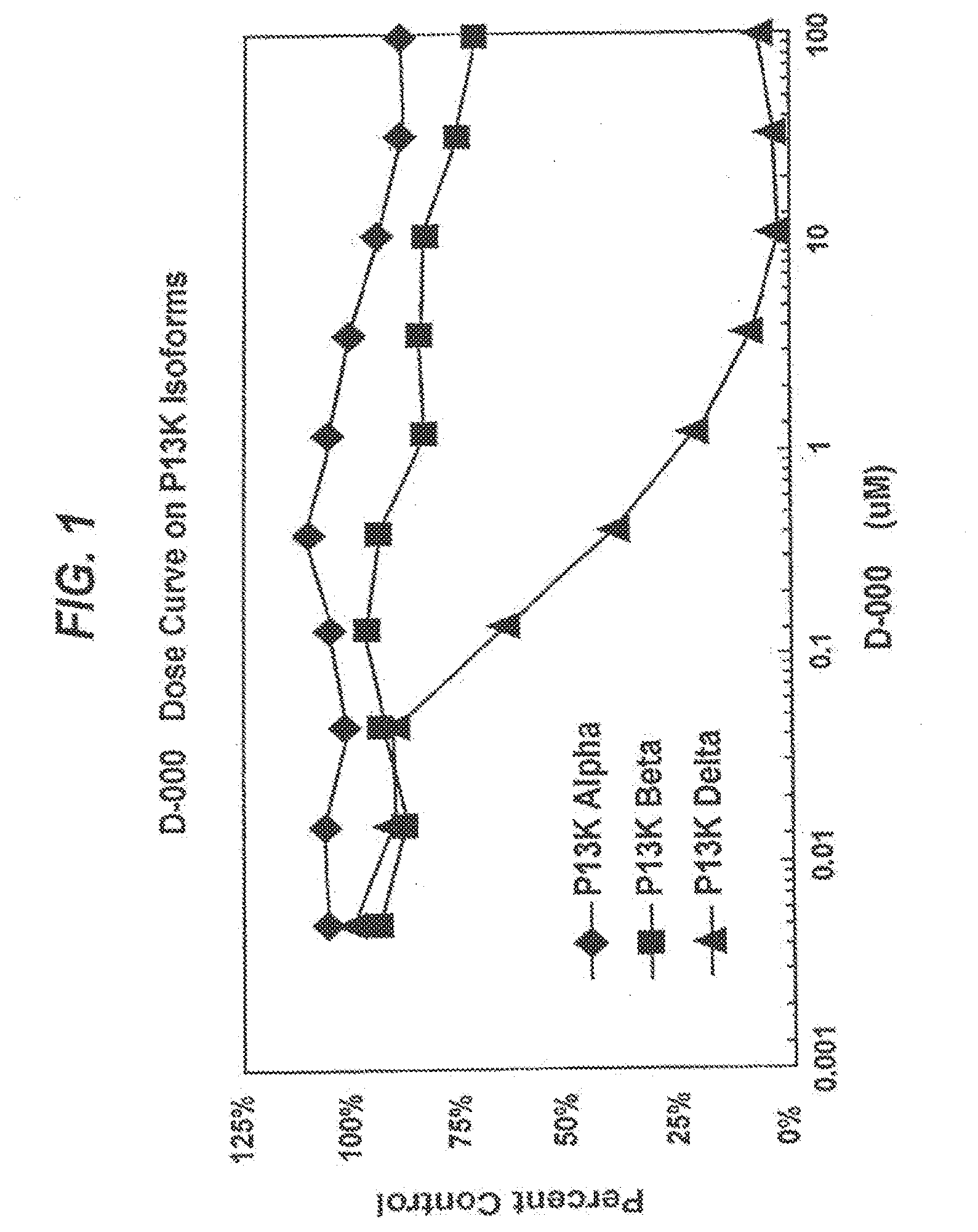
Leave a Reply